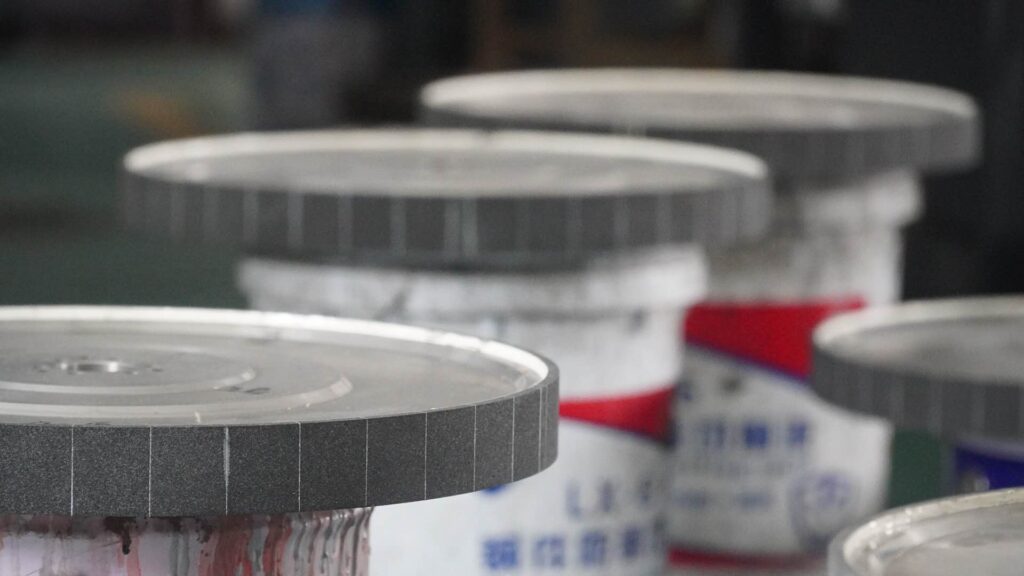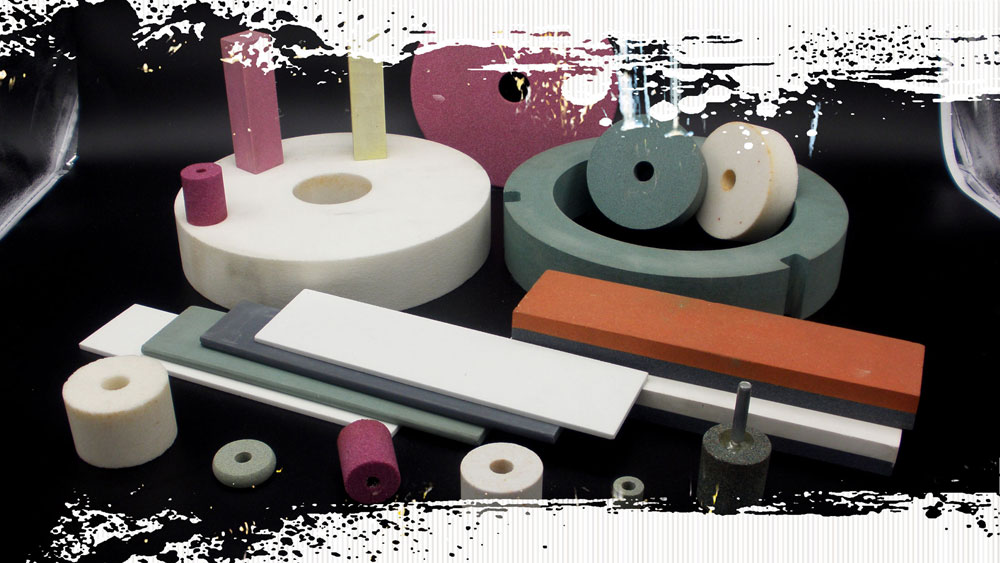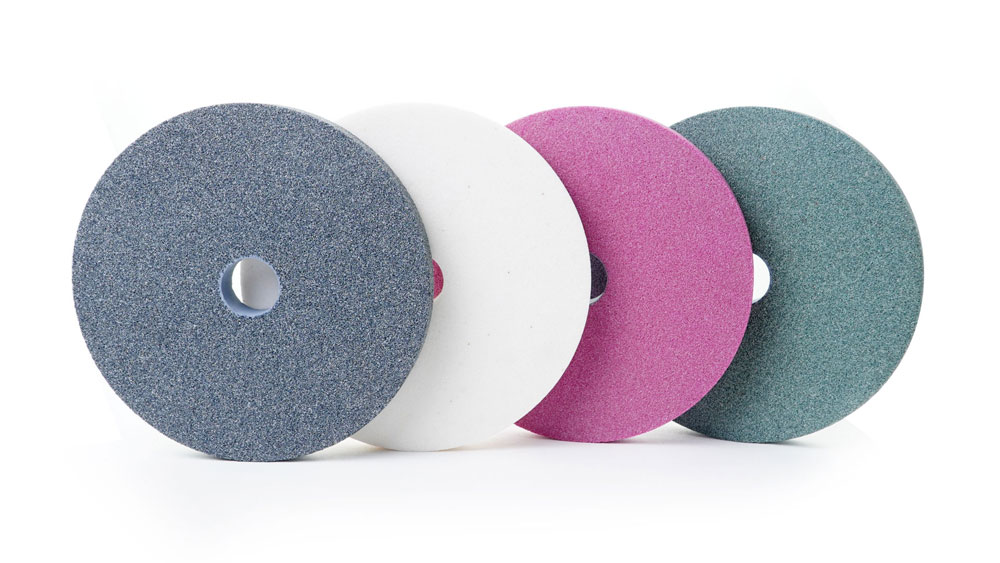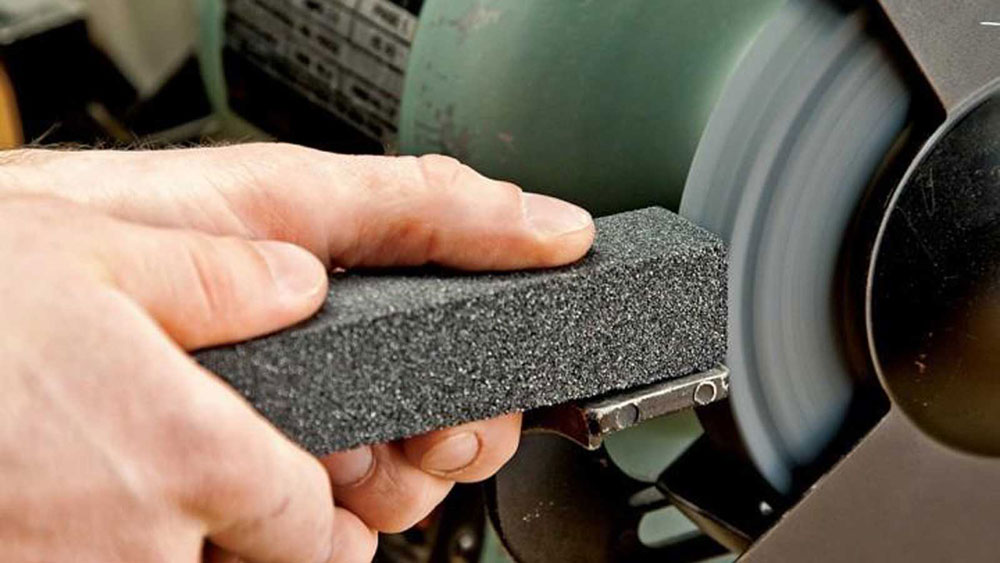During the use of grinding wheels, determining the extent of their abrasive damage affects the grinding process, thus deciding whether to reshape, restore sharpness, or replace the wheel, which involves comprehensive considerations. This process involves various aspects, including the type of grinding wheel, grinding conditions, grinding effects, and the physical condition of the wheel. Here’s a detailed analysis of these aspects:

Firstly, different types of grinding wheels have different characteristics and lifespans. For example, resin-bonded diamond wheels have higher hardness and wear resistance, but their abrasive damage may differ from other types of wheels. Therefore, when determining whether a grinding wheel needs repair or replacement, it is necessary to first understand its type and characteristics.
Secondly, grinding conditions greatly affect the extent of wheel damage. Factors such as pressure, speed, and coolant usage during grinding may cause abrasive wear or detachment on the wheel surface. Improper grinding conditions can easily lead to wheel damage in a short period, thereby affecting the grinding process.

Additionally, grinding effects are also an important criterion for assessing wheel damage. When a grinding wheel is damaged, its grinding efficiency, surface roughness, and machining precision may be affected. For instance, if the wheel surface becomes uneven or if there is excessive abrasive detachment, it can lead to increased surface roughness of the workpiece and even defects such as scratches or burns.

Lastly, observing the physical condition of the grinding wheel is crucial in determining whether it needs repair or replacement. The degree of wear, cracks, and deformations of the wheel can be detected visually or with specialized tools. For example, when there is significant wear or unevenness at the edge of the wheel, reshaping is necessary; when there is a large amount of abrasive detachment or loss of sharpness on the wheel surface, restoring sharpness is needed; and when there are severe cracks or deformations, replacement should be considered.

In summary, assessing the extent of grinding wheel abrasive damage affecting the grinding process requires comprehensive considerations. In practical operations, corresponding inspection standards and repair measures can be formulated based on specific conditions to ensure the normal use of grinding wheels and the quality of grinding processes.
